Obesity: Quick Facts

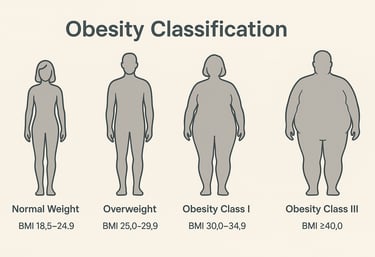
Q1: Why did the AMA classify obesity as a disease in 2013?
Because it is a chronic condition with many causes and serious health risks, not just a lifestyle choice.
Q2: What causes obesity?
A mix of genetics, hormones, environment, lifestyle, and emotional factors.
Q3: What health risks are linked to obesity?
It raises the risk of diabetes, heart disease, stroke, cancer, and joint problems.
Q4: How is obesity treated?
With healthy lifestyle changes, medical support, medications, or sometimes surgery.
Q5: Is obesity just a lifestyle problem?
No—it's a medical disease influenced by biology and environment, not just willpower.
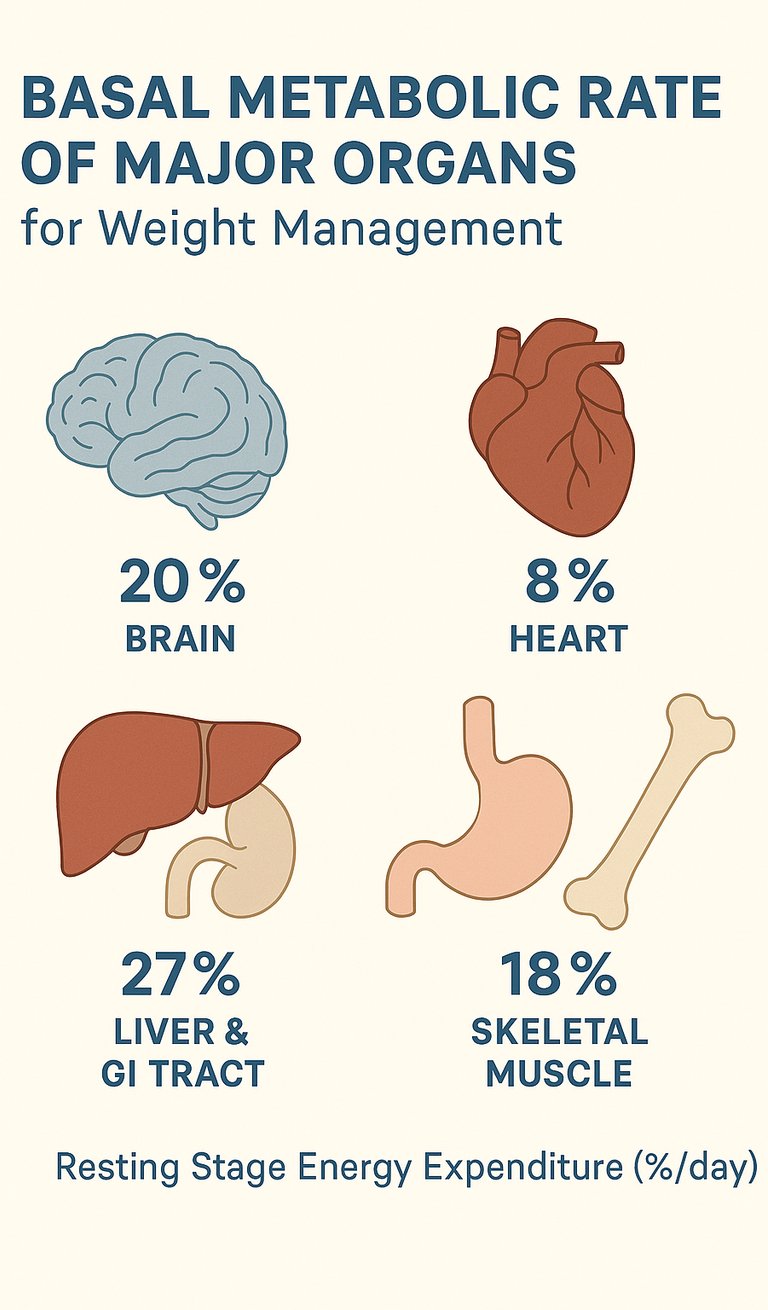

Hypertension: Quick Facts


Q1: What is hypertension?
High blood pressure that strains the heart and blood vessels.
Q2: Why is it called the “silent killer”?
Because it often has no symptoms but causes serious damage over time.
Q3: What causes it?
Genetics, aging, diet, weight, inactivity, stress, and other health problems.
Q4: What are the risks?
Heart attack, stroke, kidney damage, and vision loss.
Q5: How is it treated?
Lifestyle changes, medications, and regular monitoring.

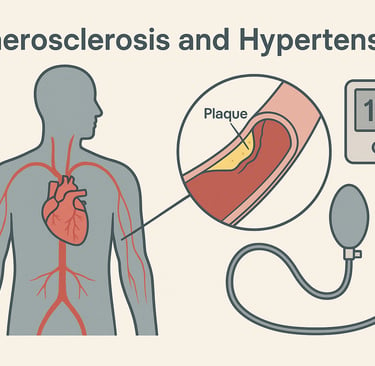
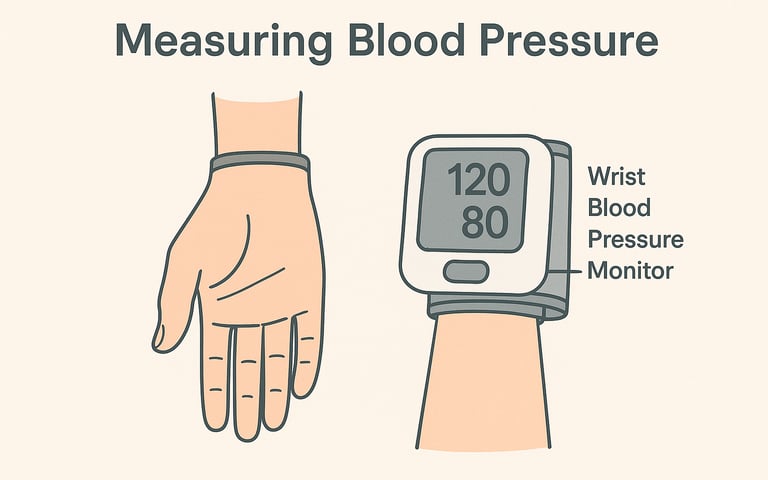

Diabetes: Quick Facts
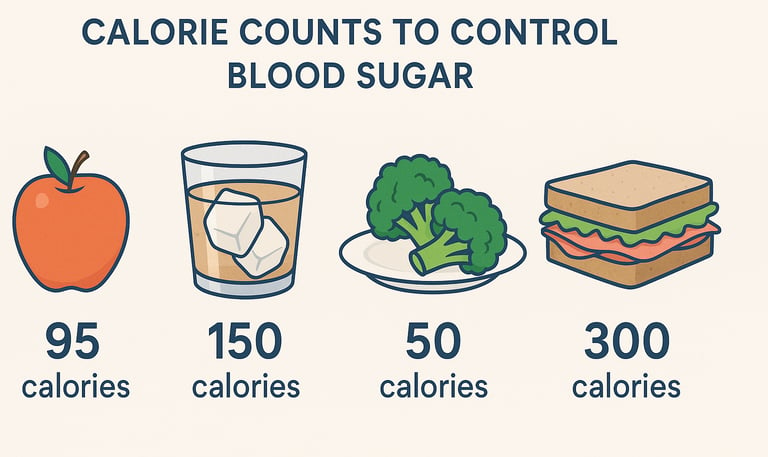

Q1: What is diabetes?
A disease where the body cannot properly use or make insulin, causing high blood sugar.
Q2: What are the main types?
Type 1, Type 2, and gestational diabetes.
Q3: What are common symptoms?
Thirst, frequent urination, fatigue, weight changes, and blurred vision.
Q4: What health risks come with diabetes?
Heart, kidney, eye, nerve, and foot problems.
Q5: How is it treated?
Healthy lifestyle, medications, insulin, and regular medical care.

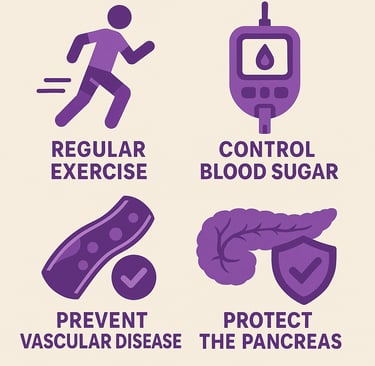
High Cholesterol: Quick Facts
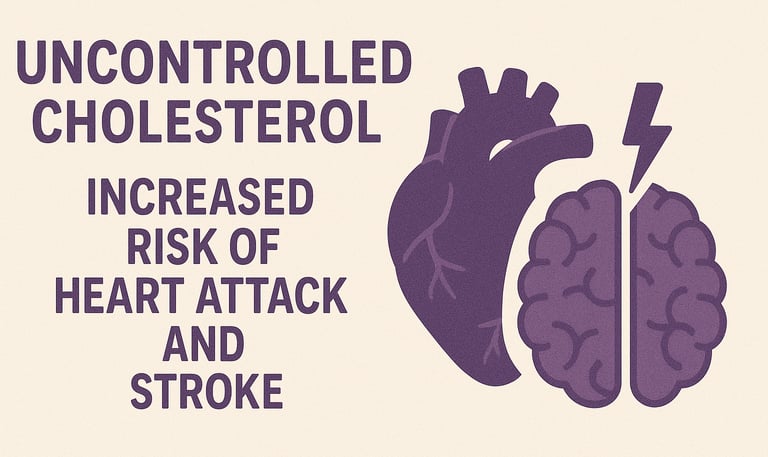

Q1: What is cholesterol?
A fatty substance in the blood that the body needs in small amounts.
Q2: What does “high cholesterol” mean?
Too much LDL (“bad”) cholesterol or too little HDL (“good”) cholesterol.
Q3: What causes it?
Genetics, unhealthy diet, inactivity, weight, smoking, or other health conditions.
Q4: What are the risks?
Heart attack, stroke, and artery disease.
Q5: How is it treated?
Healthy lifestyle changes, medications if needed, and regular blood tests.
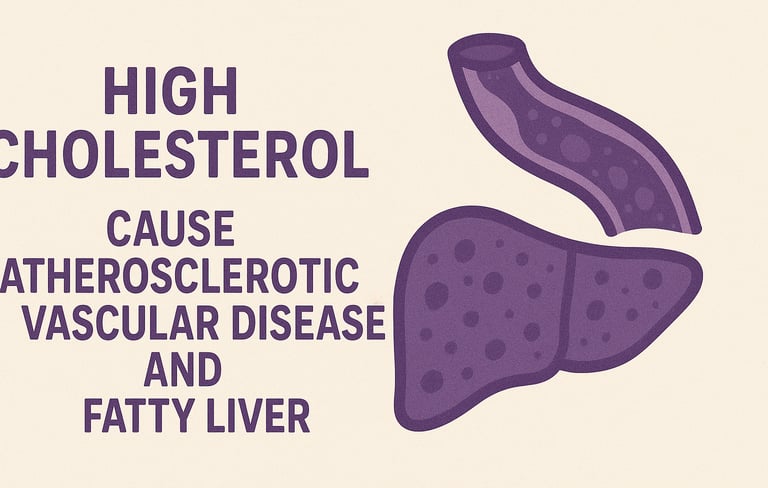

Depression: Quick Facts
Q1: What is depression?
A medical condition that causes persistent sadness and loss of interest.
Q2: What are symptoms?
Sadness, loss of interest, sleep or appetite changes, fatigue, poor focus.
Q3: What causes it?
Genetics, brain chemistry, stress, trauma, or social difficulties.
Q4: Why is it serious?
It can harm health, relationships, and may lead to suicide if untreated.
Q5: How is it treated?
Therapy, medications, lifestyle changes, and supportive care.
Insomnia: Quick Facts
Q1: What is it?
Difficulty falling or staying asleep, or waking too early.
Q2: Symptoms?
Poor sleep, fatigue, irritability, poor focus.
Q3: Causes?
Stress, poor sleep habits, medical conditions, medications.
Q4: Is it dangerous?
Yes—chronic insomnia raises risks of depression, heart disease, accidents.
Q5: Treatment?
Good sleep habits, CBT-I, short-term medications, treating underlying causes.
Marijuana: Quick Facts
Q1: What is it?
A plant containing THC (causes a high) and CBD (non-intoxicating).
Q2: How is it used?
Smoked, vaped, eaten, or used as oils.
Q3: Short-term effects?
Relaxation, altered senses, munchies, poor focus, slowed reflexes.
Q4: Long-term risks?
Addiction, memory problems, lung issues, and mental health risks.
Q5: Is it safe/legal?
Laws differ by state; even where legal, risks remain.
Smoking: Quick Facts
Q1: Why is smoking harmful?
It damages nearly every organ and raises the risk of cancer, heart disease, and lung disease.
Q2: What health problems does it cause?
Cancers, COPD, heart disease, stroke, infertility, and faster aging.
Q3: Why is it addictive?
Nicotine changes the brain, creating dependence and withdrawal.
Q4: Are vaping or light cigarettes safe?
No—while possibly less harmful than smoking, they are not risk-free.
Q5: How can I quit?
Counseling, medications, support programs, and healthy lifestyle changes.
Alcohol Use Disorder: Quick Facts
Q1: What is AUD?
A medical condition where a person cannot control alcohol use.
Q2: What are symptoms?
Cravings, tolerance, withdrawal, failed attempts to cut down, and drinking despite problems.
Q3: What causes it?
A mix of genetics, brain chemistry, stress, trauma, and social factors.
Q4: Why is it serious?
It leads to liver disease, heart disease, cancer, mental health issues, and accidents.
Q5: How is it treated?
Therapy, support groups, medications, detox, and lifestyle changes.
Medication Abuse: Quick Facts
Q1: What is it?
Misusing prescription or OTC medicines in unsafe ways.
Q2: Which drugs are misused?
Opioids, sedatives, stimulants, and cough medicines.
Q3: Why do people misuse them?
For pain relief, stress, focus, energy, or to get high.
Q4: Why is it dangerous?
It can cause addiction, overdose, organ damage, and death.
Q5: How is it treated?
Therapy, support groups, medications, and medical supervision.
Cancer Screening for Women: Quick Facts
Q1: Why screen?
Find cancers early when treatment works best.
Q2: Which cancers?
Breast (40–45+), cervical (21–65), colorectal (45+), lung (if smoker), skin.
Q3: Extra screening?
Bone density at 65+, genetic testing for strong family history.
Q4: Risks?
False positives, overdiagnosis, test discomfort or comlications.
Q5: What else helps?
healthy lifestyle and routine health checks.
Cancer Screening for Men: Quick Facts
Q1: Why screen?
Detect cancers early when treatment works best.
Q2: Which cancers?
Colorectal (45+), prostate (discuss PSA at 50+), lung (if smoker), skin.
Q3: High-risk groups?
African American men or those with family history → earlier prostate screening.
Q4: Risks of screening?
False positives, overdiagnosis, test discomfort or complications.
Q5: What else helps?
Healthy lifestyle and routine health checks.
Headache: Quick Facts
Q1: What is a headache?
Pain or pressure in the head or face, very common.
Q2: What types are there?
Tension, migraine, cluster, and sinus headaches.
Q3: What causes them?
Stress, poor sleep, dehydration, posture, hormones, or medical issues.
Q4: When is it serious?
Sudden, severe, or with fever, confusion, vision, or speech problems.
Q5: How is it treated?
Rest, hydration, pain relievers, lifestyle changes, and medical care if needed.
Migraine: Quick Facts
Q1: What is a migraine?
A neurological condition causing severe head pain with other symptoms.
Q2: What are symptoms?
Throbbing pain, nausea, sensitivity to light/sound, sometimes visual aura.
Q3: What triggers it?
Stress, poor sleep, hormones, certain foods, alcohol, weather changes.
Q4: When is it serious?
If sudden, very severe, or with confusion, weakness, or speech problems.
Q5: How is it treated?
Medications, lifestyle changes, and sometimes preventive therapy


Low Back Pain: Quick Facts
Q1: What is it?
Pain in the lower back, common and usually short-term.
Q2: What causes it?
Muscle strain, poor posture, herniated disk, arthritis, or osteoporosis.
Q3: What are symptoms?
Aching or sharp pain, stiffness, muscle spasms, or leg pain.
Q4: When to see a doctor?
If pain is severe, lasts weeks, or comes with weakness, numbness, or bladder/bowel issues.
Q5: How is it treated?
Self-care, therapy, medications, injections, and rarely surgery.
Sciatica: Quick Facts
Q1: What is it?
Pain along the sciatic nerve, usually one-sided.
Q2: Symptoms?
Shooting leg pain, tingling, numbness, weakness.
Q3: Causes?
Herniated disc, bone spur, spinal stenosis, injury.
Q4: Dangerous?
Usually not, but seek urgent care for weakness or bladder/bowel issues.
Q5: Treatment?
Self-care, physical therapy, medicines, sometimes surgery
Medications, lifestyle changes, and sometimes preventive therapy
Knee Pain: Quick Facts
Q1: What is it?
Pain in or around the knee joint that may limit movement.
Q2: What causes it?
Injuries, arthritis, overuse, mechanical problems, or infection.
Q3: What are symptoms?
Swelling, stiffness, popping, weakness, or difficulty walking.
Q4: When to see a doctor?
If pain is severe, after an injury, with fever, or lasts weeks.
Q5: How is it treated?
Rest, ice, therapy, medications, injections, or surgery if needed
Arthritis: Quick Facts
Q1: What is arthritis?
Joint disease that causes pain, stiffness, and swelling.
Q2: What are common symptoms?
Joint pain, stiffness, swelling, and limited movement.
Q3: What causes it?
Wear-and-tear, autoimmune disease, gout, or genetic factors.
Q4: Why is it serious?
It can cause chronic pain, joint damage, and loss of mobility.
Q5: How is it treated?
Exercise, weight control, medications, therapy, or sometimes surgery.
Acid Reflux: Quick Facts
Q1: What is it?
A condition where stomach acid backs up into the esophagus; frequent reflux is GERD.
Q2: What are symptoms?
Heartburn, sour taste, regurgitation, cough, or hoarseness.
Q3: What causes it?
Weak esophageal valve, obesity, late meals, trigger foods, smoking, pregnancy.
Q4: Why is it serious?
It can damage the esophagus, cause strictures, Barrett’s esophagus, or cancer risk.
Q5: How is it treated?
Lifestyle changes, acid-reducing medicines, and sometimes surgery.
IBS: Quick Facts
Q1: What is it?
A digestive disorder causing abdominal pain with diarrhea, constipation, or both.
Q2: What are symptoms?
Pain, bloating, gas, diarrhea, constipation, and mucus in stool.
Q3: What causes it?
Gut sensitivity, abnormal gut movement, stress, infections, or diet triggers.
Q4: Is it dangerous?
No—it doesn’t damage the intestines, but affects quality of life.
Q5: How is it treated?
Diet changes, stress management, medications, and lifestyle adjustments.
Constipation: Quick Facts
Q1: What is it?
Difficulty passing stools or fewer than 3 bowel movements per week.
Q2: What are symptoms?
Hard stools, straining, incomplete emptying, bloating.
Q3: What causes it?
Low fiber, dehydration, inactivity, medications, or medical conditions.
Q4: Is it dangerous?
Usually not, but chronic constipation can cause complications or signal serious disease.
Q5: How is it treated?
Fiber, fluids, exercise, laxatives if needed, and medical care if persistent.
Diarrhea: Quick Facts
Q1: What is it?
Loose, watery stools three or more times per day.
Q2: What causes it?
Infections, food intolerance, medications, or digestive disorders.
Q3: What are symptoms?
Cramps, bloating, nausea, fever, dehydration, urgency.
Q4: When to see a doctor?
If lasting >3 days, with blood, high fever, or dehydration.
Q5: How is it treated?
Fluids, rehydration, bland diet, medications, or antibiotics if bacterial.
STD Quick Facts by Condition
Often silent; may cause discharge, pelvic pain, or painful urination
Can cause infertility if untreated
Easily cured with antibiotics
Causes discharge, burning urination, pelvic pain
May spread to joints or blood if untreated
Treated with specific antibiotics (resistance is rising)
Stages: painless sore → rash → hidden phase → organ/nerve damage
Serious but curable with penicillin if caught early
Weakens the immune system, leading to AIDS if untreated
Symptoms may be flu-like early, then silent for years
Not curable, but daily medicines (ART) allow long, healthy lives
Very common virus; often clears on its own
Some types cause genital warts; others cause cancers
Vaccine available and highly effective at prevention
Parasitic infection, often with frothy discharge, itching, or burning
More common in women, but men can carry it silently
Cured with a single course of antibiotics (metronidazole)
Disclaimer
For educational purposes only. Not medical advice. No physician-patient relationship established.
In emergencies, call 911.
Copyright
© 2025, David He, MD, PhD, All rights reserved.